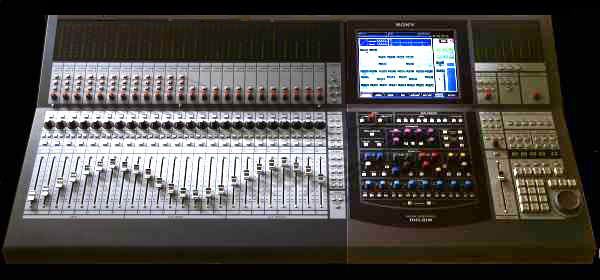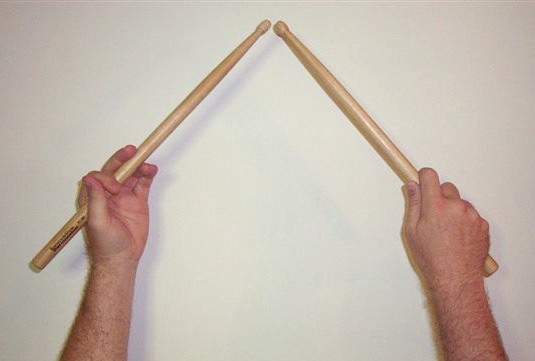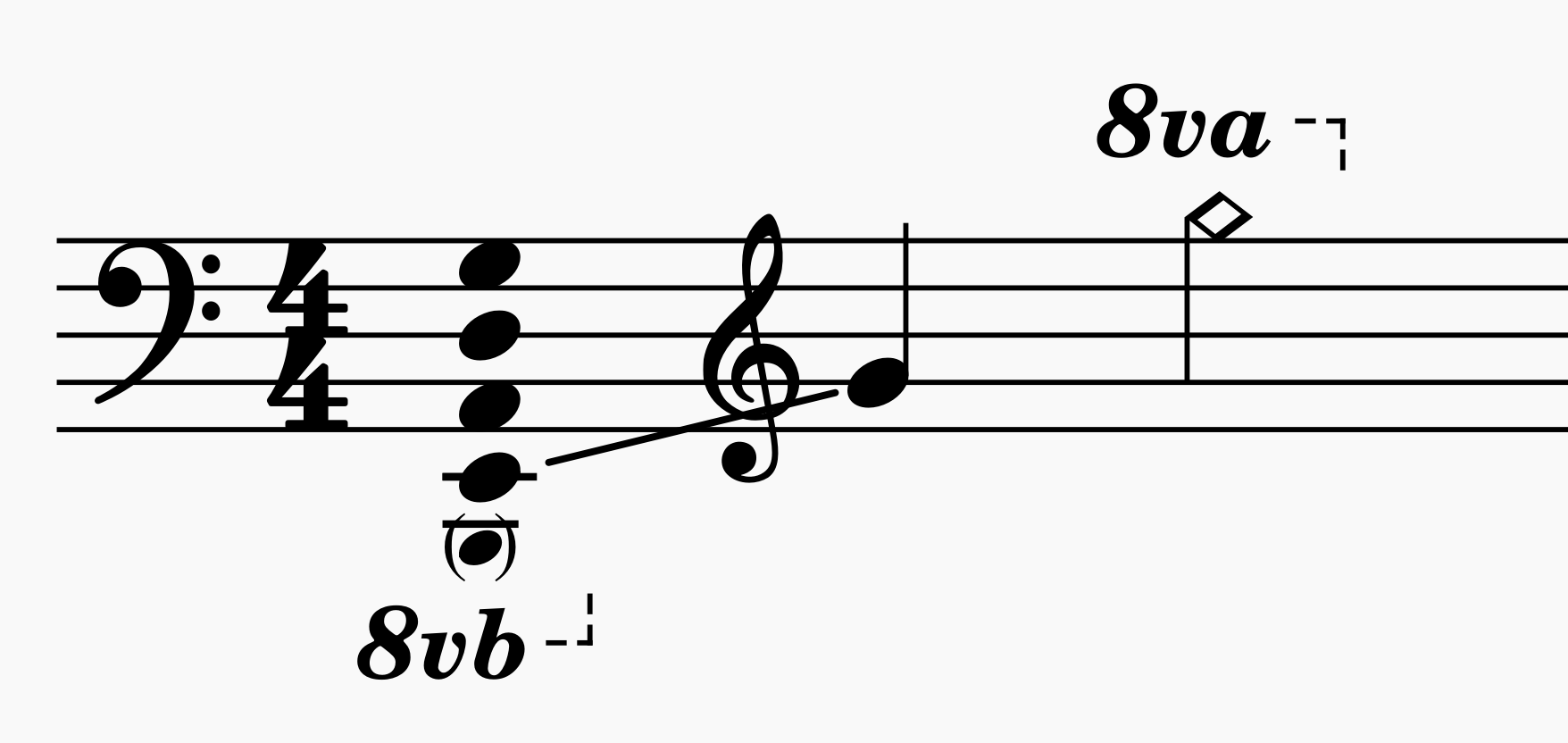|
Reloaded (Green Apple Quick Step Album)
''Reloaded'' is the second album by the grunge group Green Apple Quick Step, released in 1995 through Medicine Records. The album was produced by Nick DiDia and Pearl Jam guitarist Stone Gossard. Critical reception ''Trouser Press'' considered the album an improvement on the debut, writing that the band displays "real initiative" and that it spreads "its surprisingly useful stylistic wings." ''CMJ New Music Monthly'' wrote that the "alterna-rock promise of hedebut in no way hints at the leaps and bounds by which the band seems to have grown, or the unexpected paths ''Reloaded'' follows." Track listing All songs by Green Apple Quick Step Personnel ;Green Apple Quick Step *Tyler Willman – vocals, acoustic guitar, organ *Steve Ross – guitar *Daniel Kempthorne – guitar *Mari Ann Braeden – bass, vocals *Bob Martin – drums ;Additional personnel *Jerod Kaplan – additional percussion ;Production personnel * Nick DiDia – production, engi ... [...More Info...] [...Related Items...] OR: [Wikipedia] [Google] [Baidu] |
Green Apple Quick Step
Green Apple Quick Step, often abbreviated as GAQS, is an American rock band from Seattle. Their sound was described as hard-edged, post-grunge rock. The band began as Inspector Luv and the Ride Me Babys in Tacoma, Washington before becoming Green Apple Quick Step, in Seattle, by 1992. The initial lineup under the new name consisted of lead vocalist Tyler Willman, guitarists Daniel Kempthorne and Steve Ross, singer-bassist Mari Ann Braeden, and drummer Bob 'Mink' Martin. The original lineup recorded and released two records: ''Wonderful Virus'' in 1993 and '' Reloaded'' in 1995. Their third album, ''New Disaster'', was recorded in 1998, with new lineup including Dana Turner on guitar and Dain Hudson on drums was planned for release that year, but remains shelved. Their music has been featured on the soundtracks for three films, '' The Basketball Diaries'', '' I Know What You Did Last Summer'', and ''Homegrown''. They disbanded in 1998 and then re-emerged more than a decad ... [...More Info...] [...Related Items...] OR: [Wikipedia] [Google] [Baidu] |
Singing
Singing is the act of creating musical sounds with the voice. A person who sings is called a singer, artist or vocalist (in jazz and/or popular music). Singers perform music (arias, recitatives, songs, etc.) that can be sung accompaniment, with or a cappella, without accompaniment by musical instruments. Singing is often done in an ensemble (music), ensemble of musicians, such as a choir. Singers may perform as soloists or accompanied by anything from a single instrument (as in art song or some jazz styles) up to a symphony orchestra or big band. Different singing styles include art music such as opera and Chinese opera, Hindustani classical music, Indian music, Japanese music, and religious music styles such as Gospel music, gospel, traditional music styles, world music, jazz, blues, ghazal, and popular music styles such as pop music, pop, rock music, rock, and electronic dance music. Singing can be formal or informal, arranged, or improvised. It may be done as a form of reli ... [...More Info...] [...Related Items...] OR: [Wikipedia] [Google] [Baidu] |
Audio Mixing (recorded Music)
In sound recording and reproduction, audio mixing is the process of optimizing and combining multitrack recordings into a final mono, stereo or surround sound product. In the process of combining the separate tracks, their relative levels are adjusted and balanced and various processes such as equalization and compression are commonly applied to individual tracks, groups of tracks, and the overall mix. In stereo and surround sound mixing, the placement of the tracks within the stereo (or surround) field are adjusted and balanced. Audio mixing techniques and approaches vary widely and have a significant influence on the final product. Audio mixing techniques largely depend on music genres and the quality of sound recordings involved. The process is generally carried out by a mixing engineer, though sometimes the record producer or recording artist may assist. After mixing, a mastering engineer prepares the final product for production. Audio mixing may be performed on a m ... [...More Info...] [...Related Items...] OR: [Wikipedia] [Google] [Baidu] |
Audio Engineering
Audio most commonly refers to sound, as it is transmitted in signal form. It may also refer to: Sound *Audio signal, an electrical representation of sound * Audio frequency, a frequency in the audio spectrum *Digital audio, representation of sound in a form processed and/or stored by computers or digital electronics *Audio, audible content (media) in audio production and publishing *Semantic audio, extraction of symbols or meaning from audio *Stereophonic audio, method of sound reproduction that creates an illusion of multi-directional audible perspective *Audio equipment Entertainment * AUDIO (group), an American R&B band of 5 brothers formerly known as TNT Boyz and as B5 * ''Audio'' (album), an album by the Blue Man Group * ''Audio'' (magazine), a magazine published from 1947 to 2000 * Audio (musician), British drum and bass artist * "Audio" (song), a song by LSD Computing *, an HTML element, see HTML5 audio See also * Acoustic (other) * Audible (disambiguation ... [...More Info...] [...Related Items...] OR: [Wikipedia] [Google] [Baidu] |
Record Producer
A record producer is a recording project's creative and technical leader, commanding studio time and coaching artists, and in popular genres typically creates the song's very sound and structure. Virgil Moorefield"Introduction" ''The Producer as Composer: Shaping the Sounds of Popular Music'' (Cambridge, MA & London, UK: MIT Press, 2005). Richard James Burgess, ''The History of Music Production'' (New York: Oxford University Press, 2014)pp 12–13Allan Watson, ''Cultural Production in and Beyond the Recording Studio'' (New York: Routledge, 2015)pp 25–27 The record producer, or simply the producer, is likened to film director and art director. The executive producer Executive producer (EP) is one of the top positions in the making of a commercial entertainment product. Depending on the medium, the executive producer may be concerned with management accounting or associated with legal issues (like copyrights o ..., on the other hand, enables the recording project through entrep ... [...More Info...] [...Related Items...] OR: [Wikipedia] [Google] [Baidu] |
Percussion Instrument
A percussion instrument is a musical instrument that is sounded by being struck or scraped by a beater including attached or enclosed beaters or rattles struck, scraped or rubbed by hand or struck against another similar instrument. Excluding zoomusicological instruments and the human voice, the percussion family is believed to include the oldest musical instruments.'' The Oxford Companion to Music'', 10th edition, p.775, In spite of being a very common term to designate instruments, and to relate them to their players, the percussionists, percussion is not a systematic classificatory category of instruments, as described by the scientific field of organology. It is shown below that percussion instruments may belong to the organological classes of ideophone, membranophone, aerophone and cordophone. The percussion section of an orchestra most commonly contains instruments such as the timpani, snare drum, bass drum, tambourine, belonging to the membranophones, an ... [...More Info...] [...Related Items...] OR: [Wikipedia] [Google] [Baidu] |
Drum Kit
A drum kit (also called a drum set, trap set, or simply drums) is a collection of drums, cymbals, and other auxiliary percussion instruments set up to be played by one person. The player (drummer) typically holds a pair of matching drumsticks, one in each hand, and uses their feet to operate a foot-controlled hi-hat and bass drum pedal. A standard kit may contain: * A snare drum, mounted on a stand * A bass drum, played with a beater moved by a foot-operated pedal * One or more tom-toms, including rack toms and/or floor toms * One or more cymbals, including a ride cymbal and crash cymbal * Hi-hat cymbals, a pair of cymbals that can be manipulated by a foot-operated pedal The drum kit is a part of the standard rhythm section and is used in many types of popular and traditional music styles, ranging from rock and pop to blues and jazz. __TOC__ History Early development Before the development of the drum set, drums and cymbals used in military and orchestral mu ... [...More Info...] [...Related Items...] OR: [Wikipedia] [Google] [Baidu] |
Bass Guitar
The bass guitar, electric bass or simply bass (), is the lowest-pitched member of the string family. It is a plucked string instrument similar in appearance and construction to an electric or an acoustic guitar, but with a longer neck and scale length, and typically four to six strings or courses. Since the mid-1950s, the bass guitar has largely replaced the double bass in popular music. The four-string bass is usually tuned the same as the double bass, which corresponds to pitches one octave lower than the four lowest-pitched strings of a guitar (typically E, A, D, and G). It is played primarily with the fingers or thumb, or with a pick. To be heard at normal performance volumes, electric basses require external amplification. Terminology According to the ''New Grove Dictionary of Music and Musicians'', an "Electric bass guitar sa Guitar, usually with four heavy strings tuned E1'–A1'–D2–G2." It also defines ''bass'' as "Bass (iv). A contraction of Double bass ... [...More Info...] [...Related Items...] OR: [Wikipedia] [Google] [Baidu] |
Guitar
The guitar is a fretted musical instrument that typically has six strings. It is usually held flat against the player's body and played by strumming or plucking the strings with the dominant hand, while simultaneously pressing selected strings against frets with the fingers of the opposite hand. A plectrum or individual finger picks may also be used to strike the strings. The sound of the guitar is projected either acoustically, by means of a resonant chamber on the instrument, or amplified by an electronic pickup and an amplifier. The guitar is classified as a chordophone – meaning the sound is produced by a vibrating string stretched between two fixed points. Historically, a guitar was constructed from wood with its strings made of catgut. Steel guitar strings were introduced near the end of the nineteenth century in the United States; nylon strings came in the 1940s. The guitar's ancestors include the gittern, the vihuela, the four-course Renaissance guitar, an ... [...More Info...] [...Related Items...] OR: [Wikipedia] [Google] [Baidu] |
Organ (music)
Carol Williams performing at the West_Point_Cadet_Chapel.html" ;"title="United States Military Academy West Point Cadet Chapel">United States Military Academy West Point Cadet Chapel. In music, the organ is a keyboard instrument of one or more Pipe organ, pipe divisions or other means for producing tones, each played from its own Manual (music), manual, with the hands, or pedalboard, with the feet. Overview Overview includes: * Pipe organs, which use air moving through pipes to produce sounds. Since the 16th century, pipe organs have used various materials for pipes, which can vary widely in timbre and volume. Increasingly hybrid organs are appearing in which pipes are augmented with electric additions. Great economies of space and cost are possible especially when the lowest (and largest) of the pipes can be replaced; * Non-piped organs, which include: ** pump organs, also known as reed organs or harmoniums, which like the accordion and mouth organs (both Eastern and ... [...More Info...] [...Related Items...] OR: [Wikipedia] [Google] [Baidu] |
Acoustic Guitar
An acoustic guitar is a musical instrument in the string family. When a string is plucked its vibration is transmitted from the bridge, resonating throughout the top of the guitar. It is also transmitted to the side and back of the instrument, resonating through the air in the body, and producing sound from the sound hole. The original, general term for this stringed instrument is ''guitar'', and the retronym 'acoustic guitar' distinguishes it from an electric guitar, which relies on electronic amplification. Typically, a guitar's body is a sound box, of which the top side serves as a sound board that enhances the vibration sounds of the strings. In standard tuning the guitar's six strings are tuned (low to high) E2 A2 D3 G3 B3 E4. Guitar strings may be plucked individually with a pick (plectrum) or fingertip, or strummed to play chords. Plucking a string causes it to vibrate at a fundamental pitch determined by the string's length, mass, and tension. ( Overtones are also ... [...More Info...] [...Related Items...] OR: [Wikipedia] [Google] [Baidu] |
CMJ New Music Monthly
CMJ Holdings Corp. is a music events and online media company, originally founded in 1978, which ran a website, hosted an annual festival in New York City, and published two magazines, ''CMJ New Music Monthly'' and ''CMJ New Music Report''. The company folded around 2017, but was bought by Amazing Radio in 2019 who will bring back the CMJ Music Marathon in New York, along with other new live and live-streamed offerings. The letters CMJ originally stood for ''College Media Journal'' but was also often considered short for ''College Music Journal''. History and operations The company was started by Robert Haber in 1978 as the ''College Media Journal'', a bi-weekly trade magazine aimed at college radio programmers in Great Neck, NY. The first issue was published on March 1, 1979, and featured Elvis Costello on the cover. Staff would often describe these early issues as "a bunch of photocopies stapled together." A year and a half later, the magazine was able to create the first ... [...More Info...] [...Related Items...] OR: [Wikipedia] [Google] [Baidu] |
.jpg)




